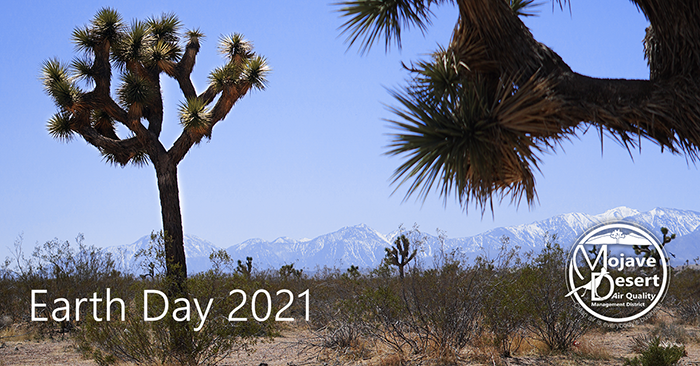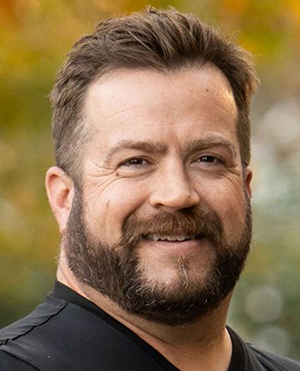As American novelist Wendell Berry wrote in The Unsettling of America, the earth is what we all have in common.

This is the 51st year of Earth Day, an annual occasion to raise awareness and take action to protect our shared home planet. The event has gained momentum year after year. It now boasts 1 billion individuals participating in some fashion every Earth Day, engaging more than 190 countries.
In 1970, when Wisconsin junior-Senator Gaylord Nelson founded the event, 20 million Americans mobilized to call for increased protections for our planet. In 1969, a massive oil spill ravaged the coast of Santa Barbara. Some 2,400 miles away, Ohio’s Cuyahoga River was so full of industrial debris and chemical waste, a spark from nearby train tracks set it ablaze. That same year, Republican President Richard Nixon’s Administration created the Environmental Protection Agency, and solidified the passage of the Clean Air Act, followed two years later by the Clean Water Act.
Yet today, the World Health Organization estimates that 7 million premature deaths every year are attributable to air pollution. That’s more than twice the lives lost from the COVID-19 virus since the first case was reported by China in December 2019. Unfortunately, most of these deaths disproportionately impact less fortunate populations and less developed nations. However, more than 45 percent of Americans are breathing unhealthy air, resulting in more than 60,000 premature deaths annually, according to the American Lung Association.
Dirty air affects almost all of the body’s essential functions, from cognitive decline and higher risk of Alzheimer’s in the brain to diminished fertility and premature births in the reproductive system, and everything in between.
It’s a start
We’ve made significant strides in cleaning up the air. A 77-percent drop in pollution has extended the lives of millions of Americans since the Clean Air Act of 1970. The 1990 amendments to the law have saved another 230,000 lives in 2020 alone, according to National Geographic Magazine.
My parents, one of whom is a conservative columnist for the Daily Press in Victorville, are unique in that they will be the last generation who saw this change in the air first hand. Both born in the Los Angeles area, they remember the days where it was difficult to see the house across the street because the ambient air pollution was so thick. On July 26, 1943, in the midst of World War II, the smog in Los Angeles was so bad that residents, noses burning and eyes stinging, believed they were under chemical attack from Japanese forces.
Despite the progress since these dire times, more can be done.
What we’re doing in the Mojave Desert
Mojave Desert Air Quality Management District is the air pollution regulatory authority for much of San Bernardino County and the eastern portion of Riverside County. We work with businesses to ensure they’re meeting federal, state and local air quality standards that exist to help us and our loved ones all breathe a little easier. As of the 51st Earth Day, the District manages more than 4,450 active permits. We’ve also administered millions of dollars in grants to help local operators replace equipment as big as locomotives and as small as leaf blowers with electric equivalents. But as the second largest air district in the state geographically, our work pales in comparison to the changes we would see if we all take or increase measures in our everyday lives to protect our air.
Maybe its trading out a gas-powered lawn equipment for an electric version (https://MDAQMD.ca.gov/STIHL), investing in an electric vehicle, composting at home, planting a tree or even biking to work once or twice a week. Whatever measure we take, every bit of emissions reduction we proactively pursue means a brighter, cleaner future for our generations of loved ones to follow.
We all want the best for our children, and nieces and nephews, and their children, and we go to great lengths to ensure that. Let’s remember that the choices we make today will result in consequences — or benefits — they’re likely to face in the future.
Earth Day is a great reminder the need to improve and protect our planet, but the lasting impact will come through focusing on this mission throughout the year.

Ryan Orr
Communications Supervisor
Mojave Desert Air Quality Management District
